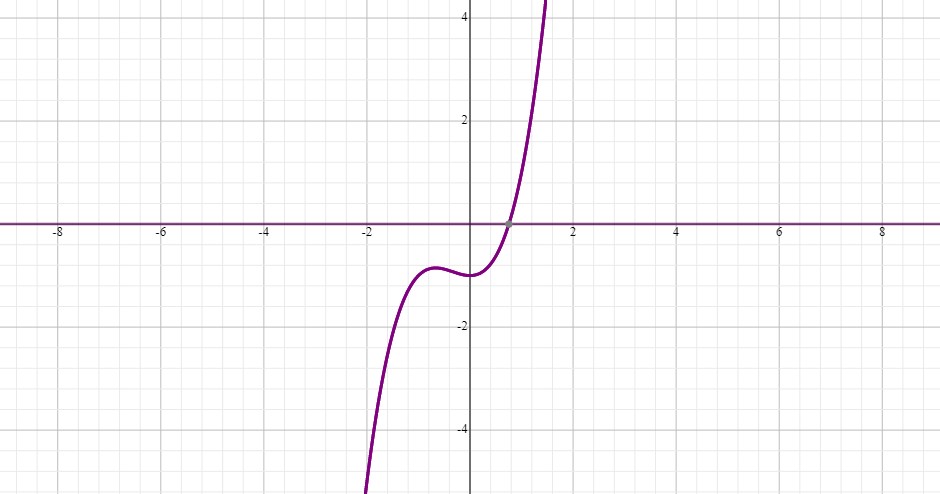.
cot^3x/sinx=cotx
Let's separate the numerator of the left hand side into two pieces:
cot^3x=cotx(cot^2x)
cotx(cot^2x/sinx)=cotx
Let's divide both sides by cotx:
cancelcolor(red)cotx(cot^2x/sinx)=cancelcolor(red)cotx
cot^2x/sinx=1
Let's multiply both sides by sinx:
sinx(cot^2x/sinx)=sinx
cancelcolor(red)sinx(cot^2x/cancelcolor(red)sinx)=sinx
cot^2x=sinx
But we know that:
cotx=cosx/sinx
Let's plug this in:
cos^2x/sin^2x=sinx
Let's multiply both sides by sin^2x:
sin^2x(cos^2x/sin^2x)=sin^3x
cancelcolor(red)(sin^2x)(cos^2x/cancelcolor(red)(sin^2x))=sin^3x
cos^2x=sin^3x
We know that:
sin^2x+cos^2x=1 :. cos^2x=1-sin^2x
Let's plug this in because, by doing this, we can turn the equation into one that has all its terms in the form of the same variable:
1-sin^2x=sin^3x
sin^3x+sin^2x-1=0
This is in the form of a polynomial of degree 3. There are various methods for solving an equation like this. You can either use a graphing utility, or rational roots theorem, or the Newton-Raphson method.
The last one is typically covered in calculus. If you have not taken calculus you can use one of the first two methods. Let's use a graphing utility in this case.
We can say:
z=sinx and write the equation as:
z^3+z^2-1=0
The graph is:

The graph crosses the x-axis at:
z=0.75488
This means:
sinx=0.75488
x=arcsin(0.75488)
x=0.86 radians =49.02^@
and
x=pi-0.86=2.28 radians =180^@-49.02^@=130.98^@


